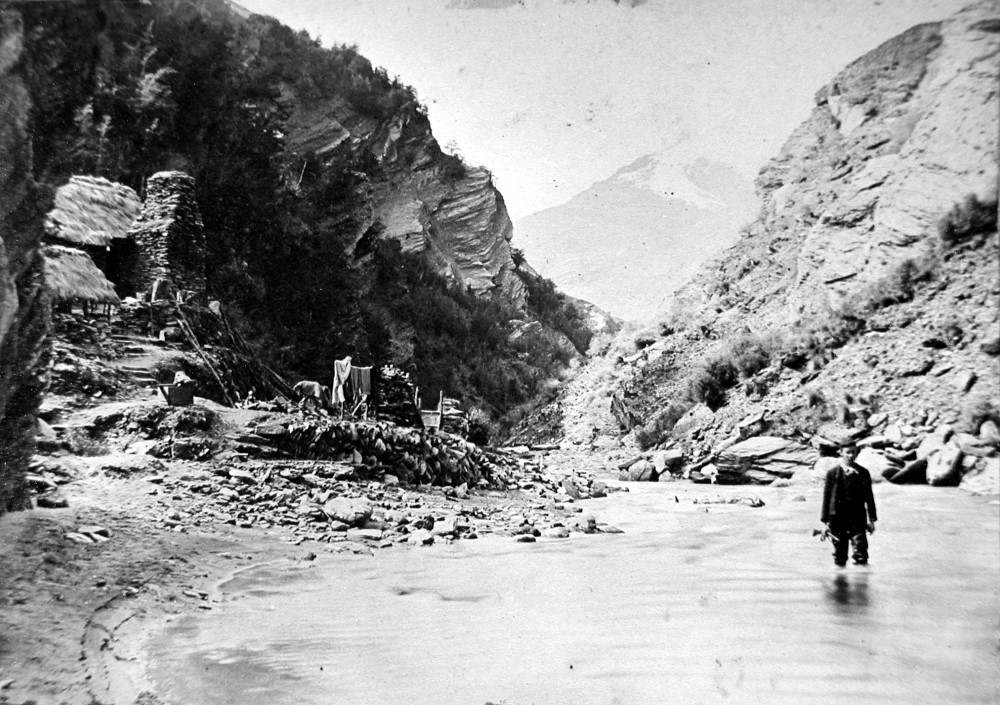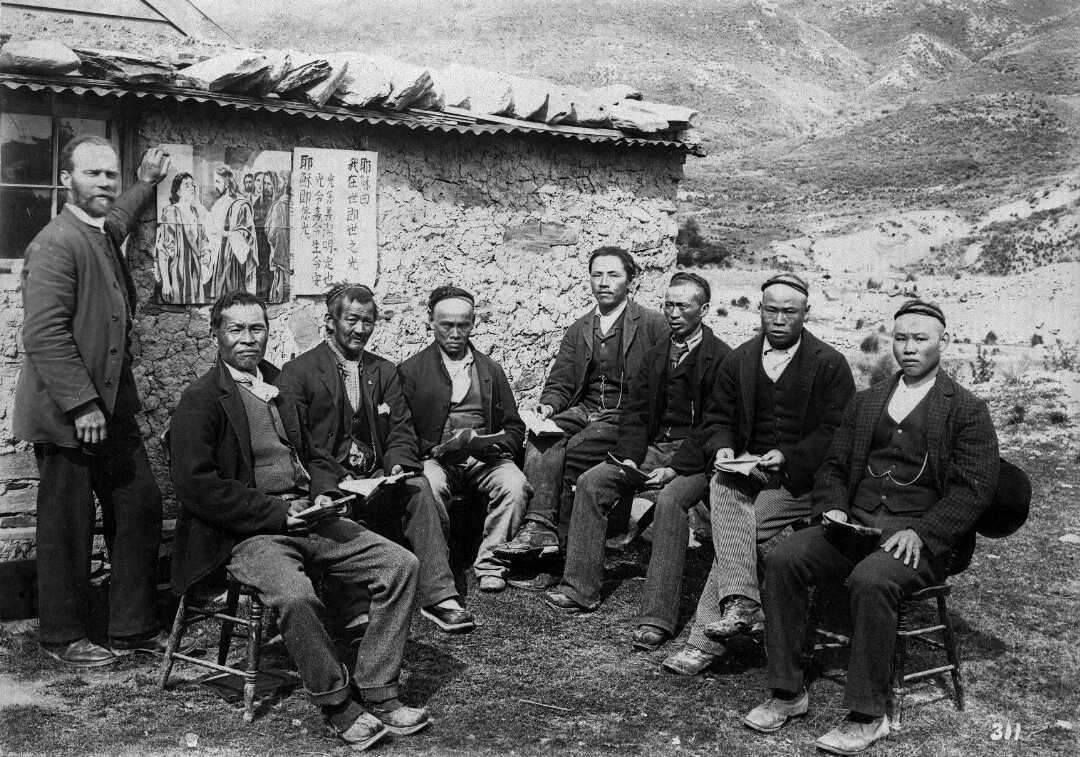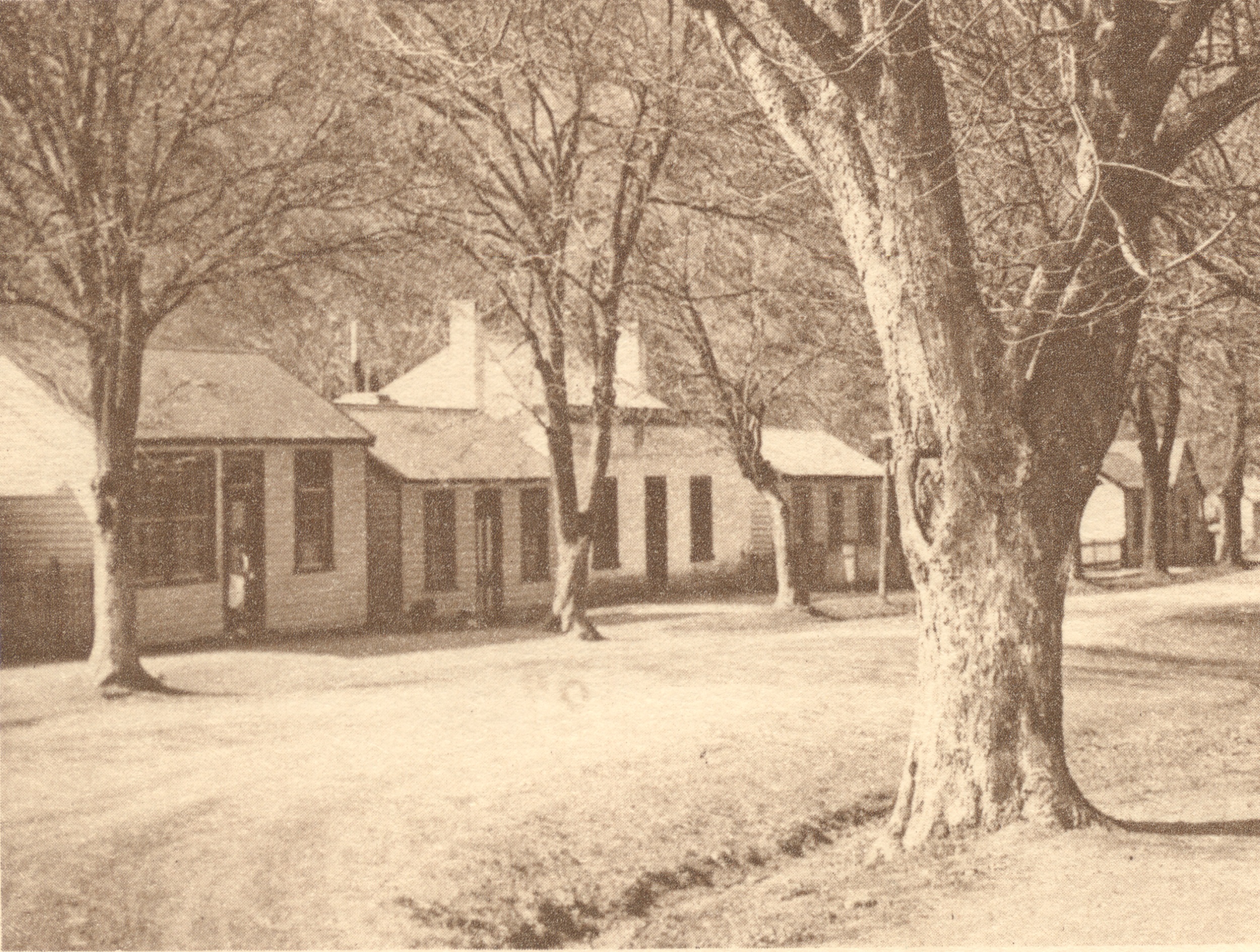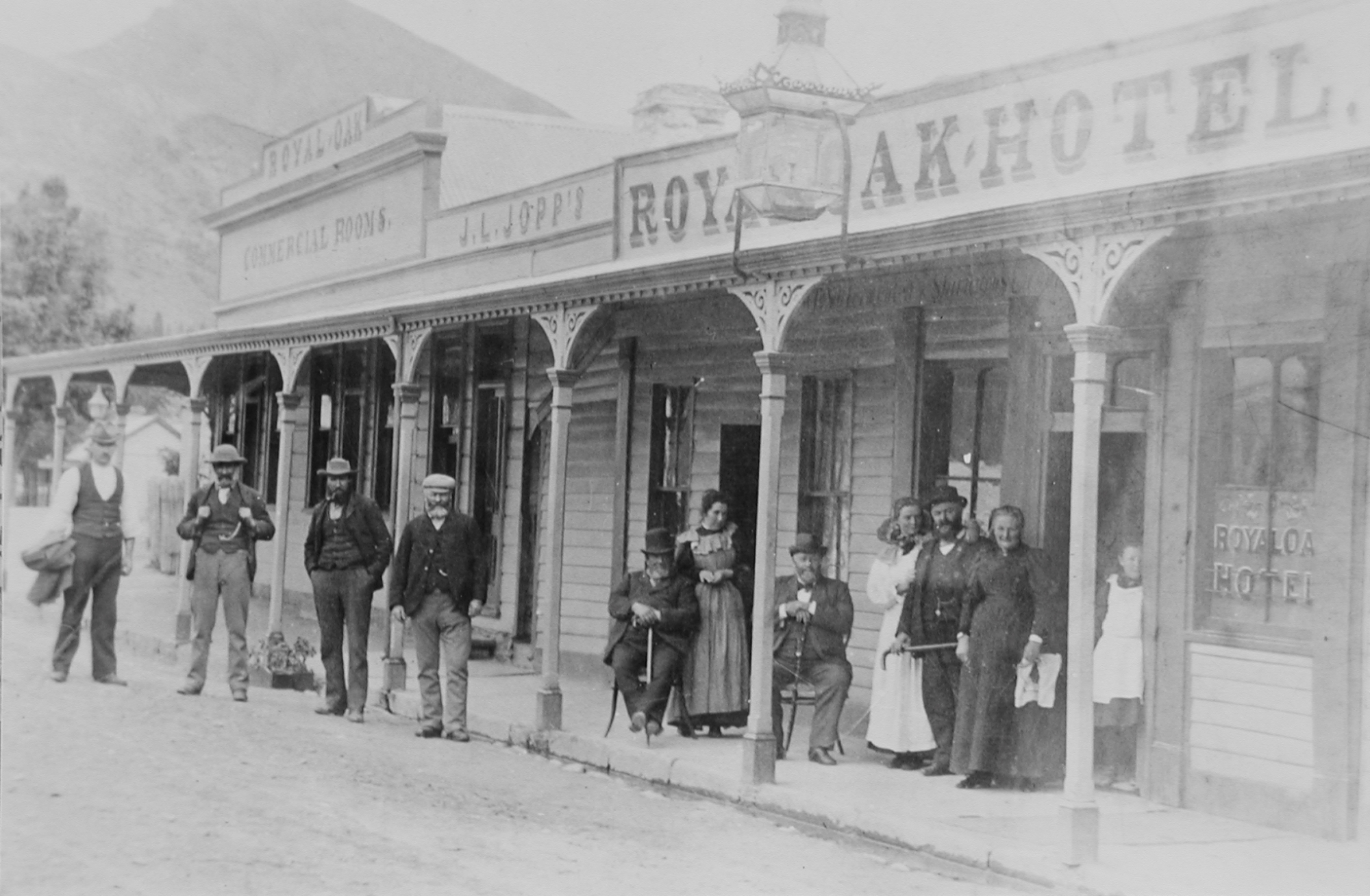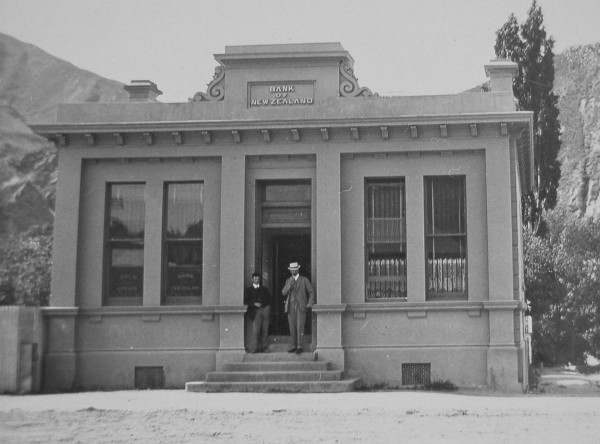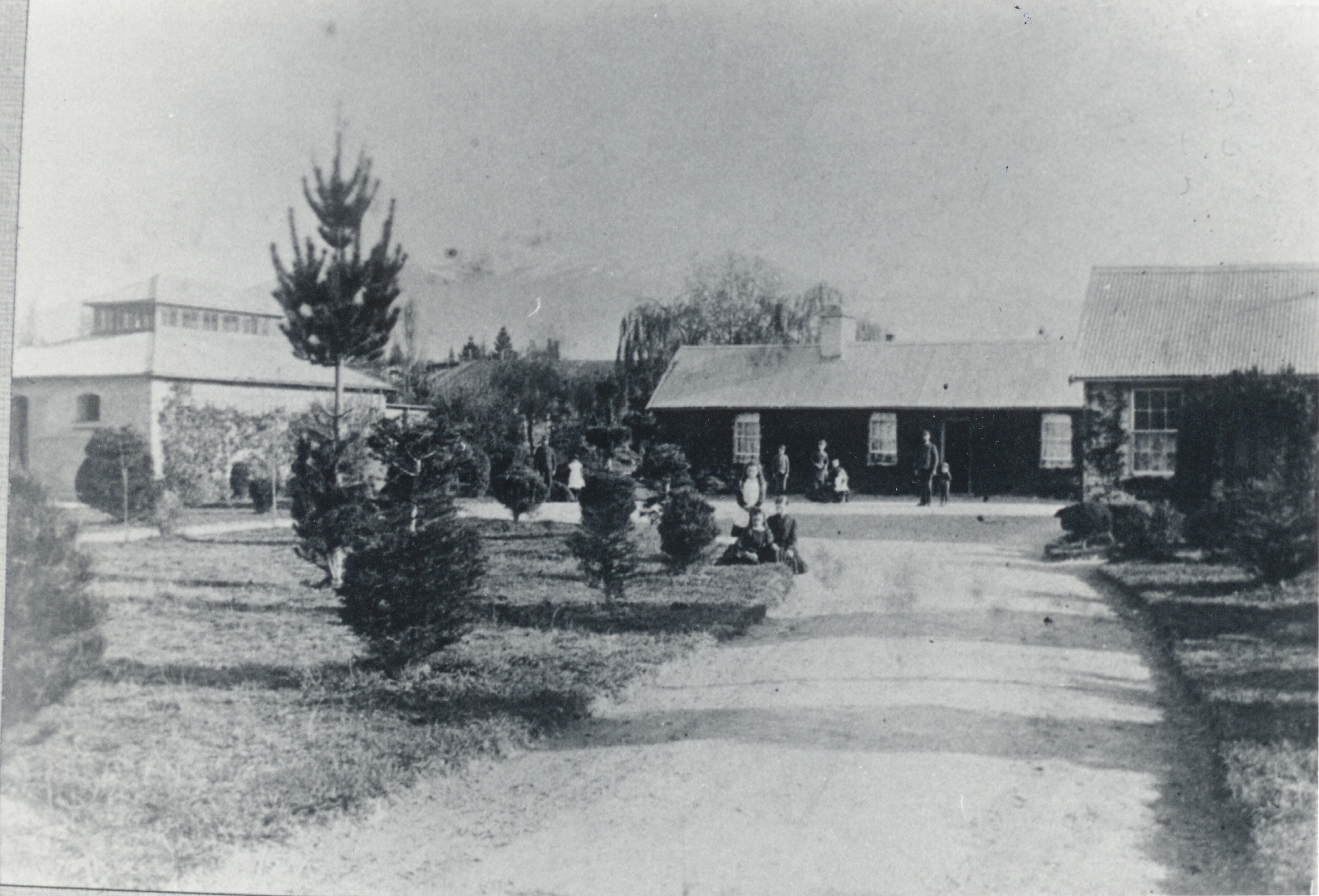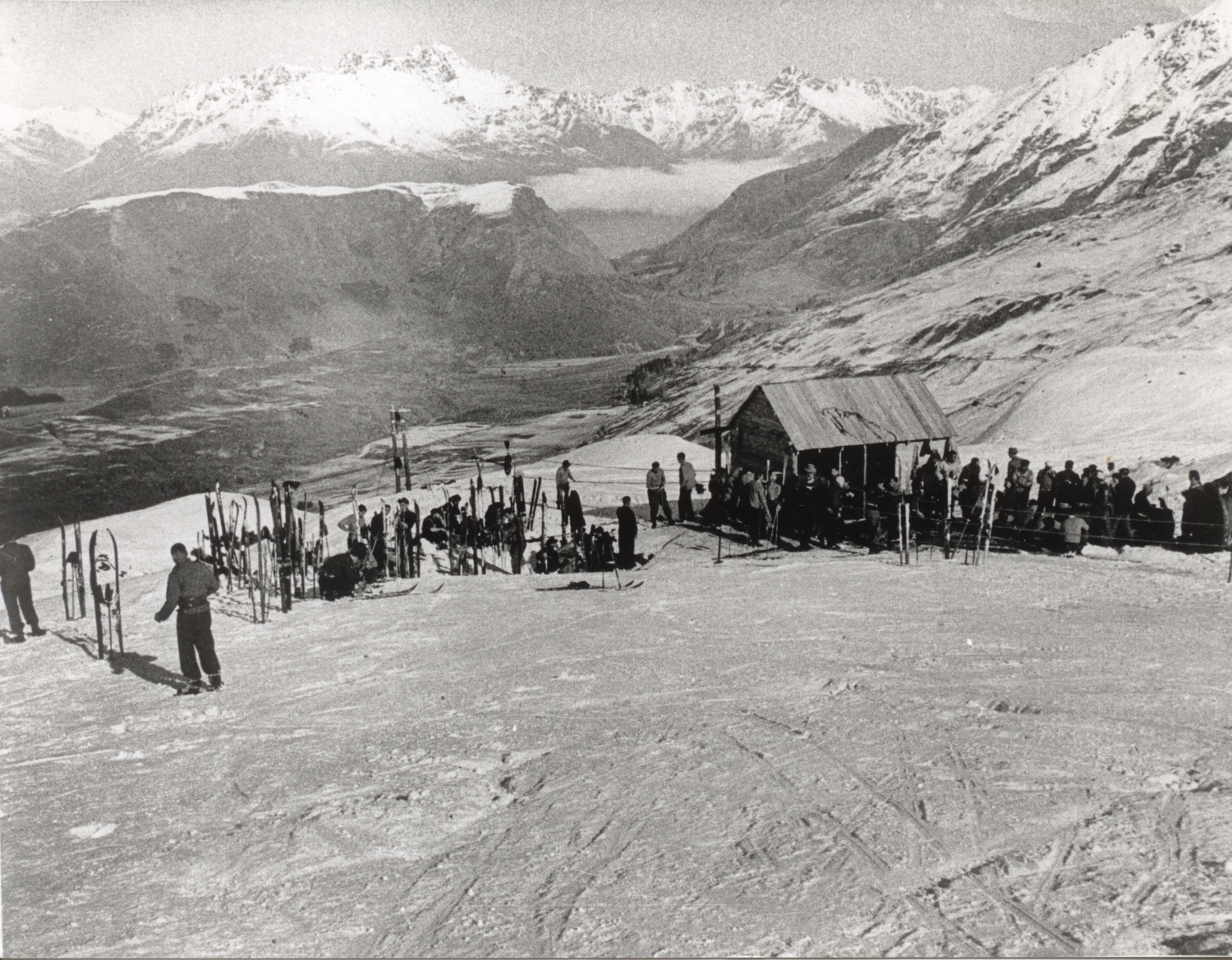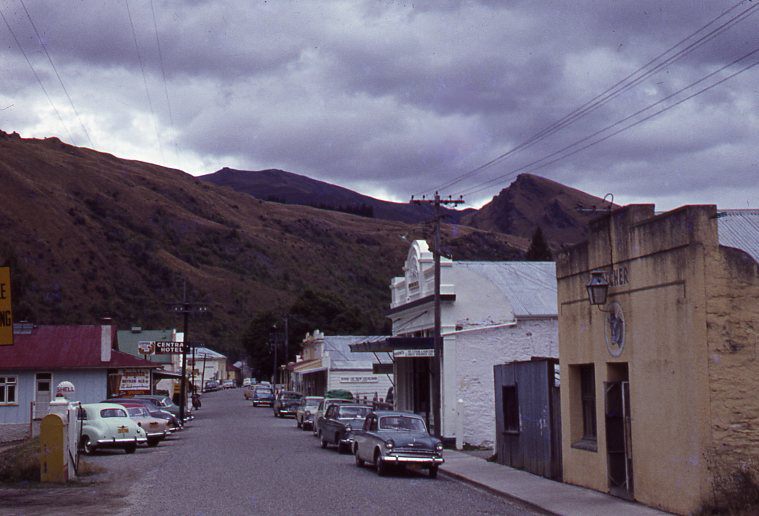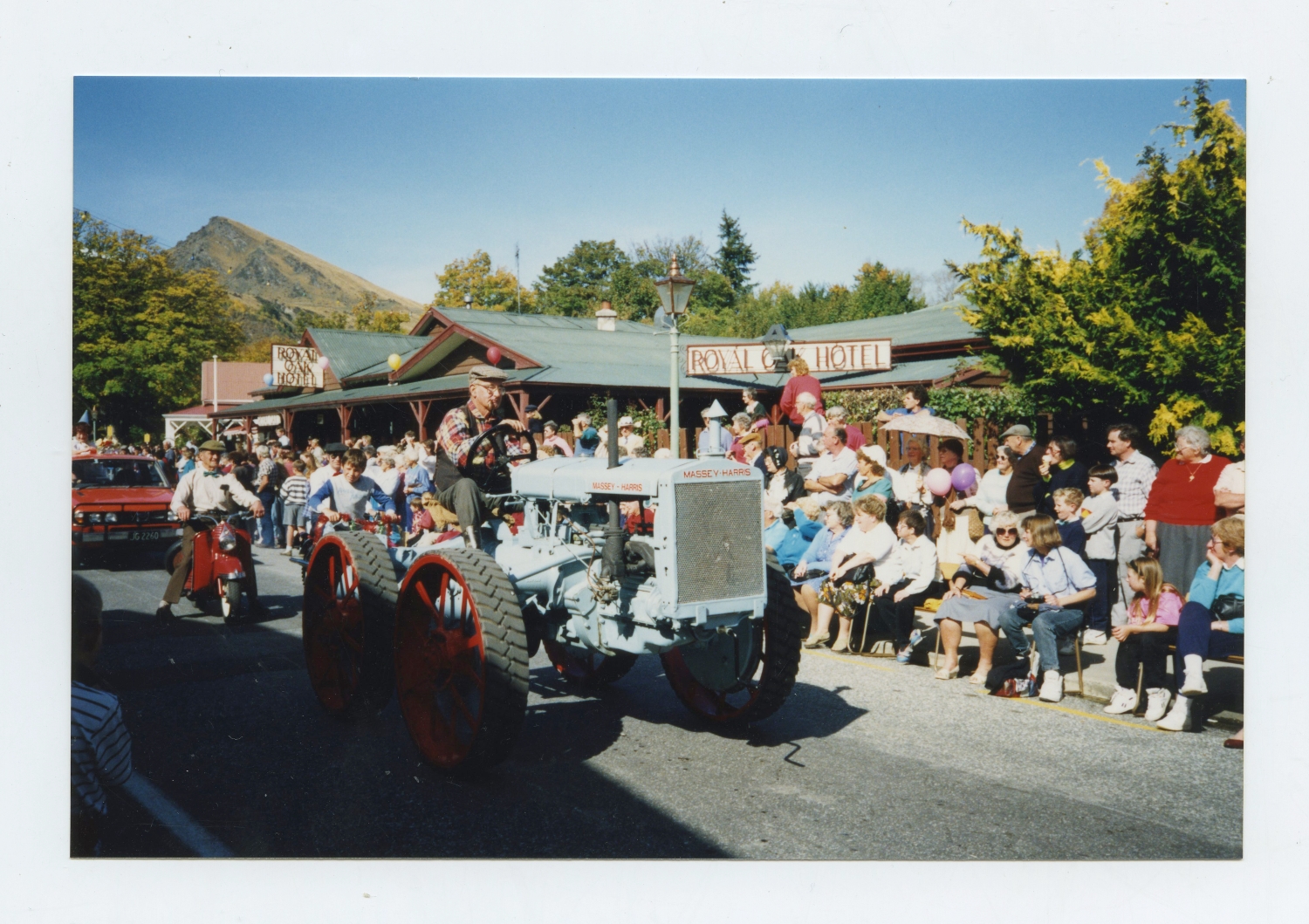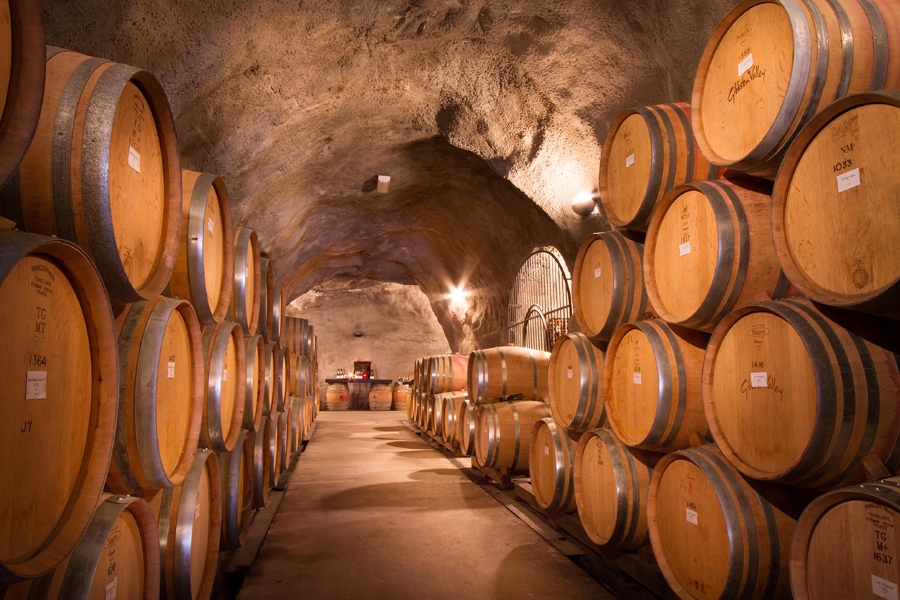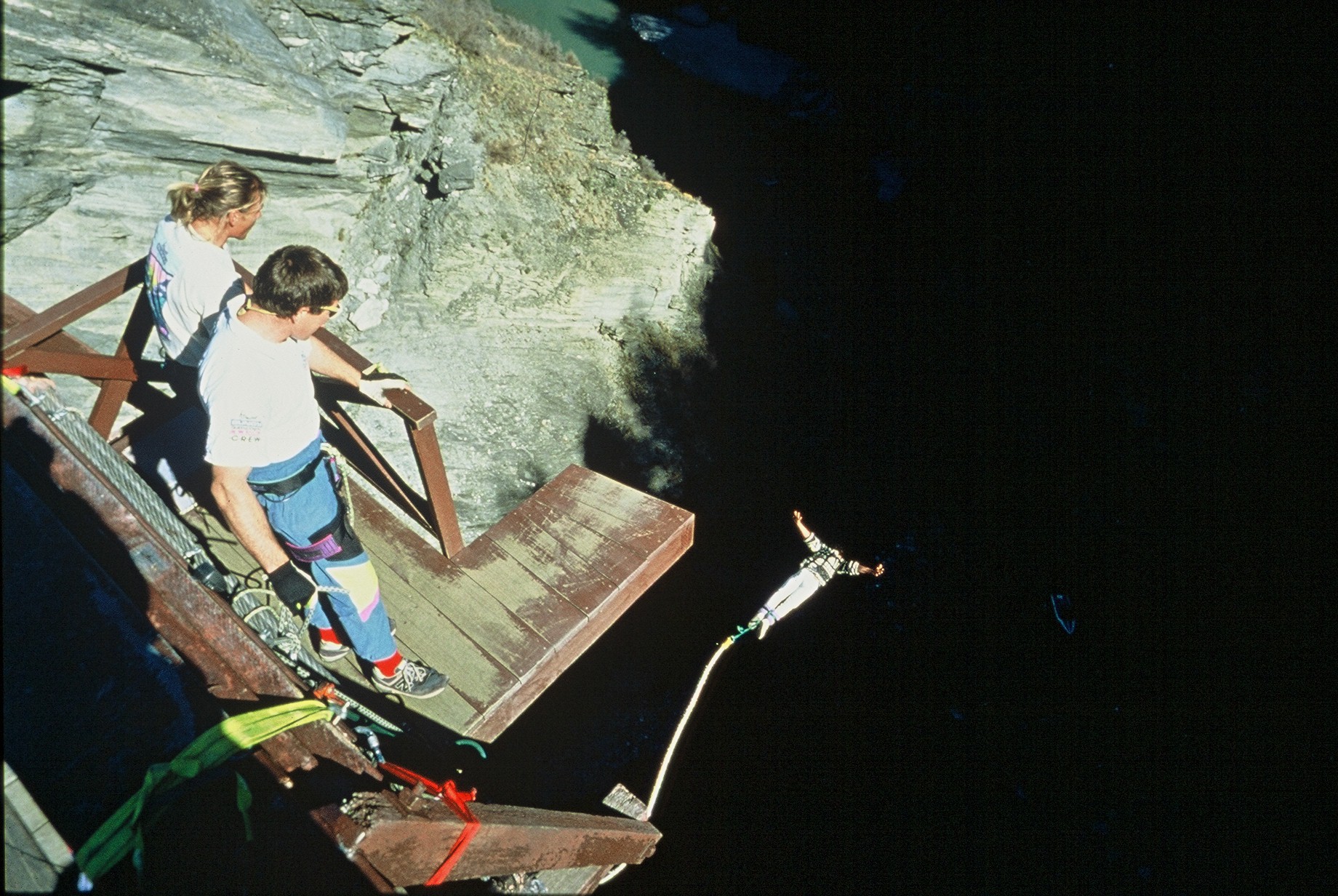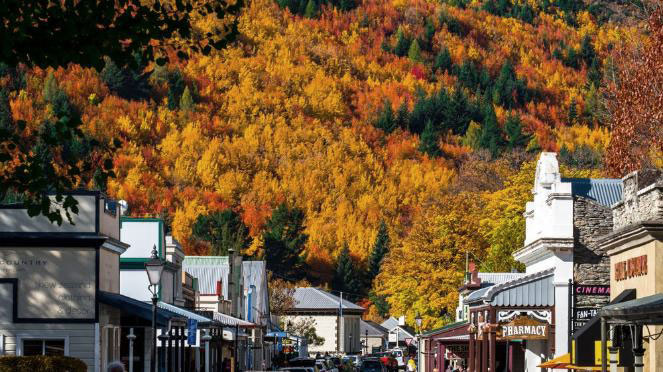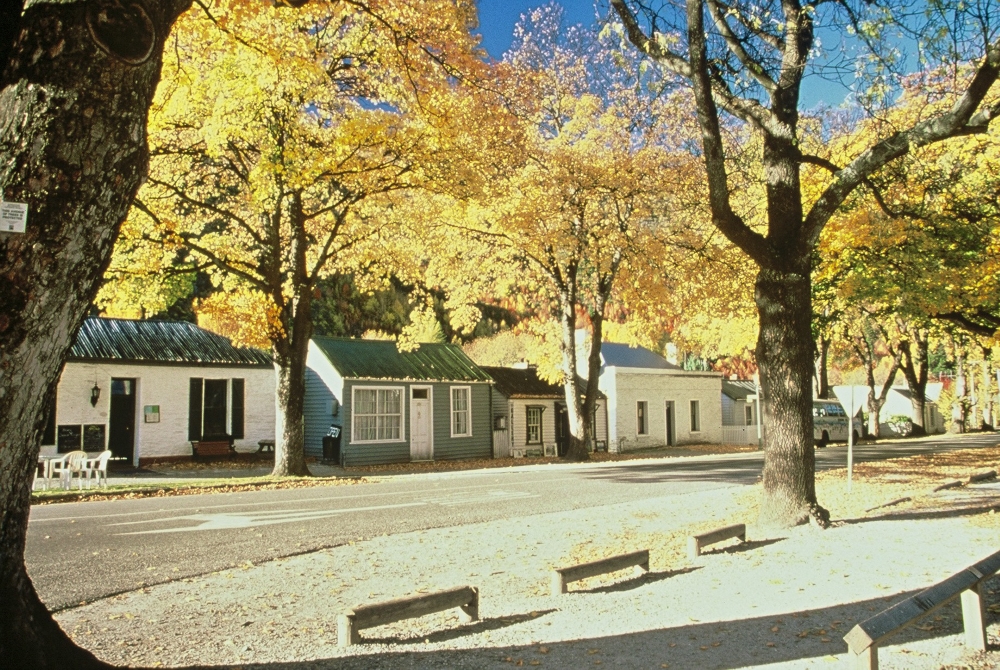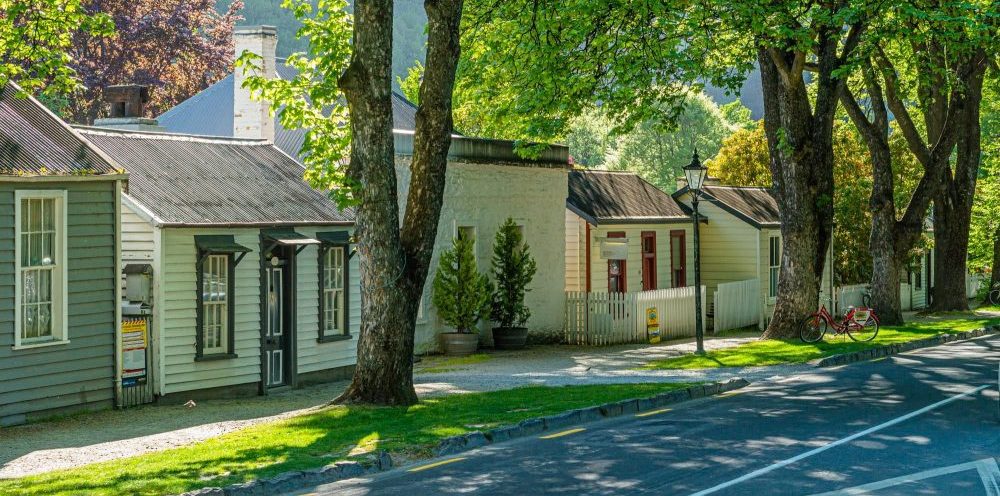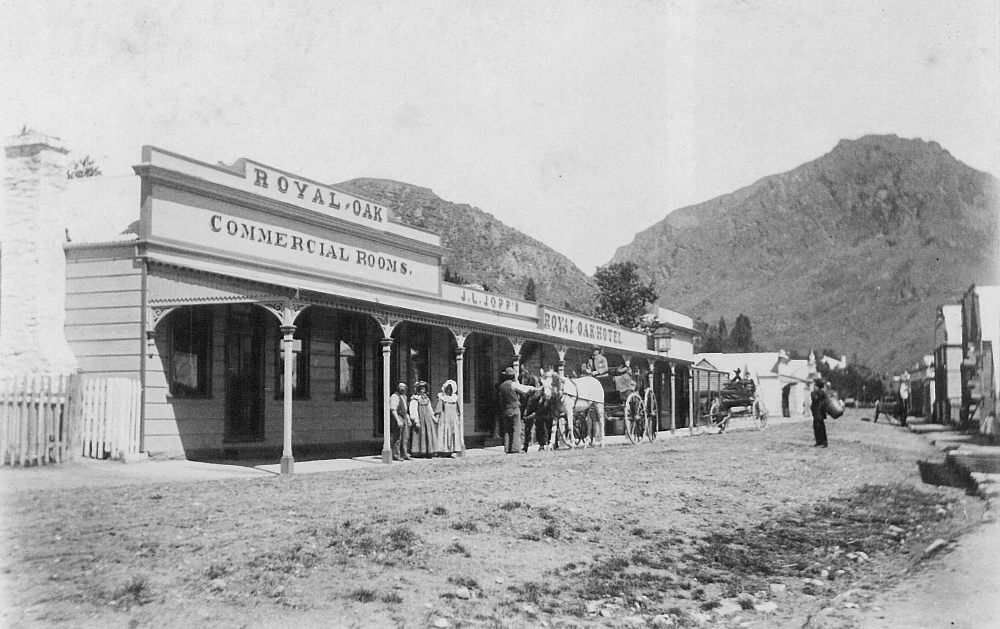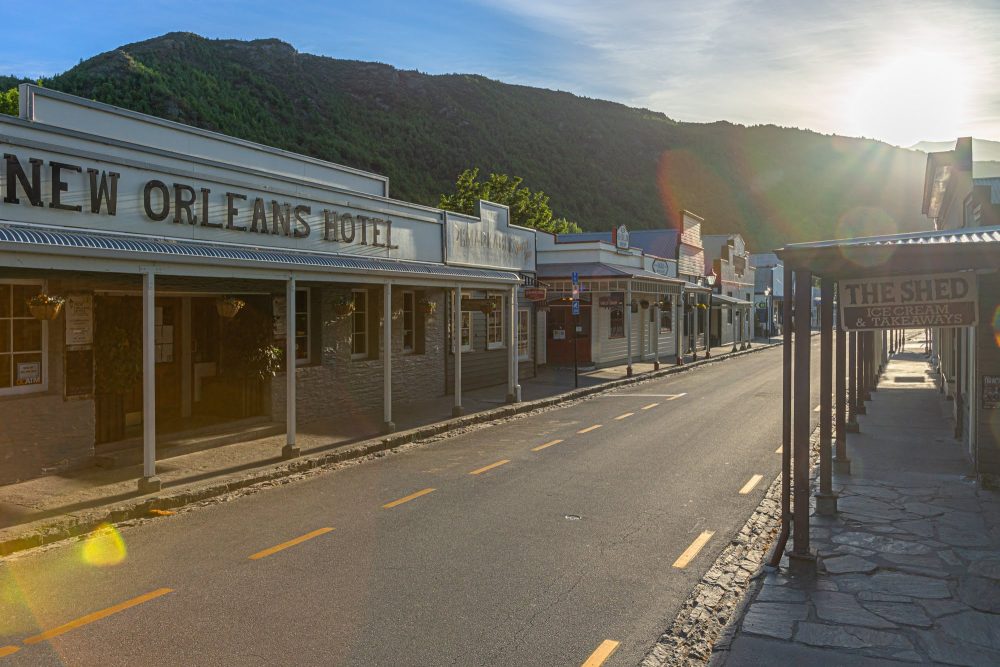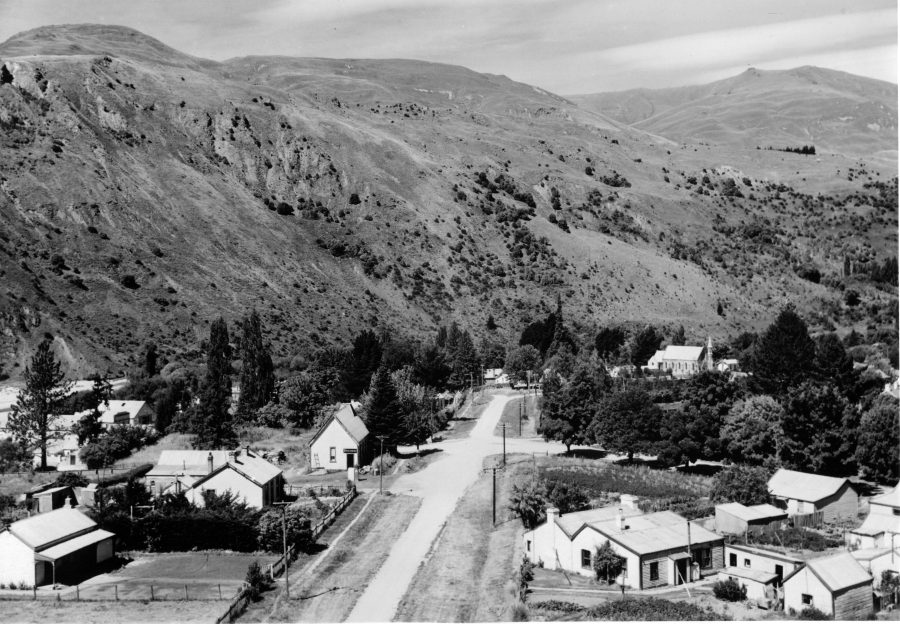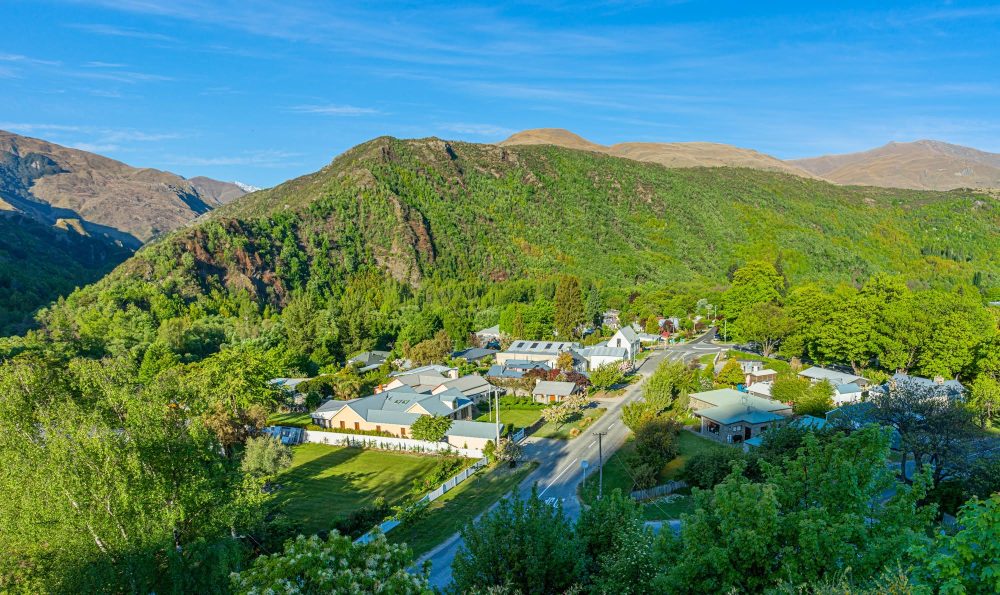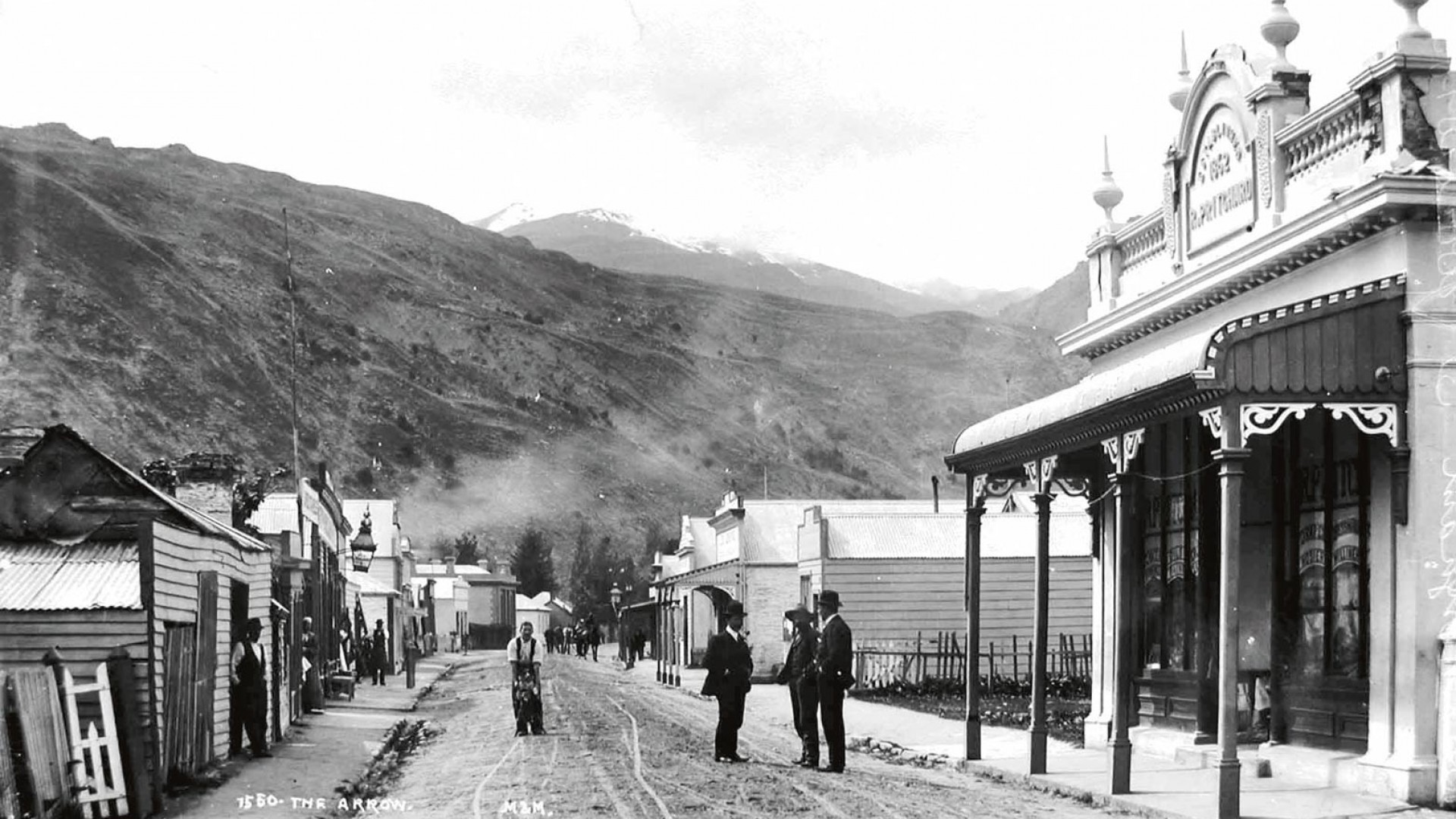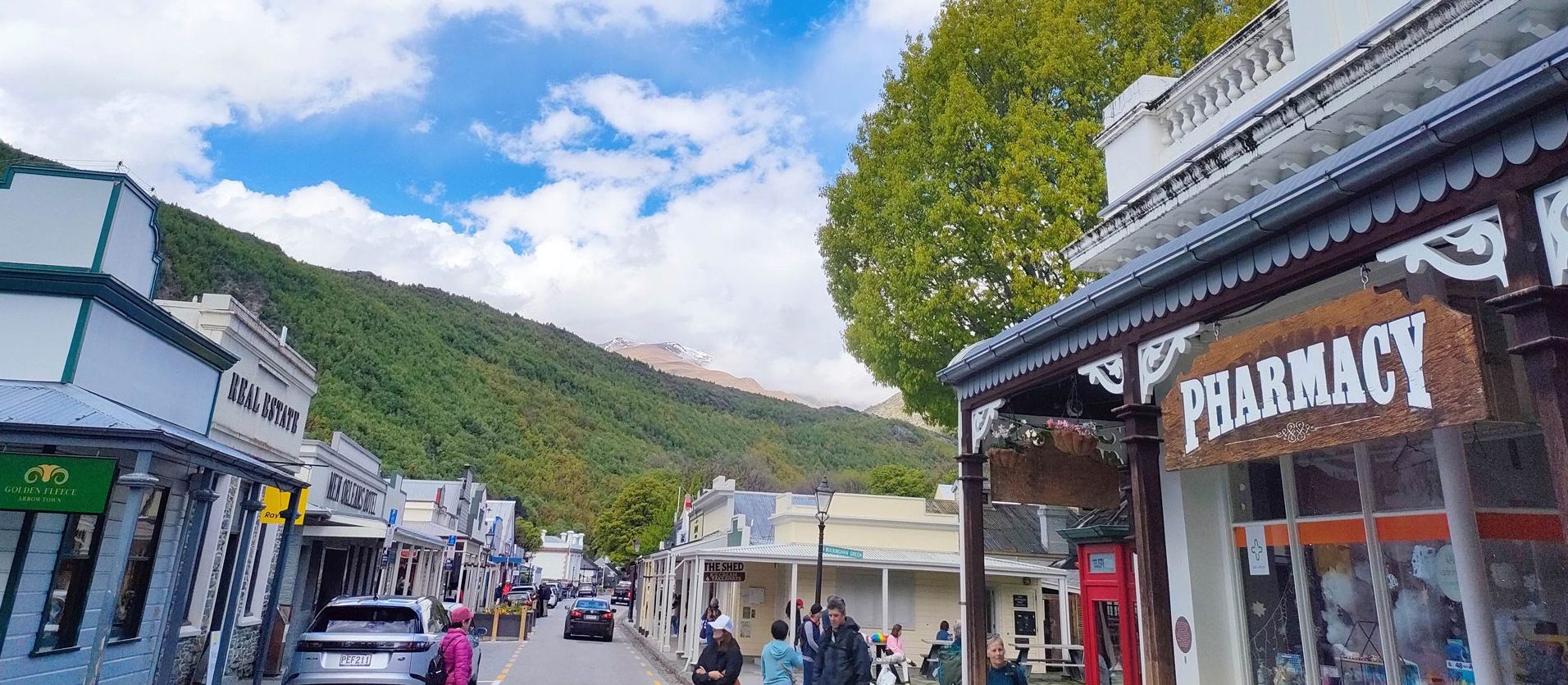Our history
Arrowtown (Kā-Muriwai) was established in 1862 and the town and its riverbanks were significant locations in the 1860s gold-rush
Enticed by the discovery of gold in the Arrow River by a shearer name Jack Tewa, also known as Māori Jack, many hardy miners flocked to the area hoping to find their fortune and managed to scrape by.
By the end of 1862, there were over 1,500 miners camped on the banks of the Arrow River and in early 1863, a whopping 340kg of gold was removed from the area.
The gold-mining history is still visible today with over 70 historical buildings and features remaining in the town centre and dotted around the surrounding landscape.
—
Please note: all images on this page have been kindly provided by Lakes District Museum and are not to be used without their permission.
The history behind the name
Arrowtown wasn’t originally called Arrowtown. In fact, in the gold rush’s early days Arrowtown was initially called ‘Fox’s’ after William Fox. He led a group of miners who used simple tools to secretly mine gold along the Arrow River. Despite efforts to keep their discovery under wraps, rumours spread, coining the phrase “Seeking the Fox’. Fox was so determined to conceal his lucrative spot that it’s rumoured he would abandon his camp and gear to evade followers under the cover of night.
The origin of the name ‘Arrowtown’ remains uncertain, but it is likely it comes from the River Arrow in the Welsh Marches and was named by the district’s first runholder William Rees who emigrated from Wales. The township gradually became known as The Arrow, and by around 1866, the bustling business centre was known as Arrowtown.
Arrowtown is also known by local Māori as Kā-Muriwai, a name which references the three waterways, one of which is the Arrow River or Haehaenui. Haehaenui means ‘big scratches’ and this refer to the marks left by weka as they fossicked for food.
Arrowtown then and now
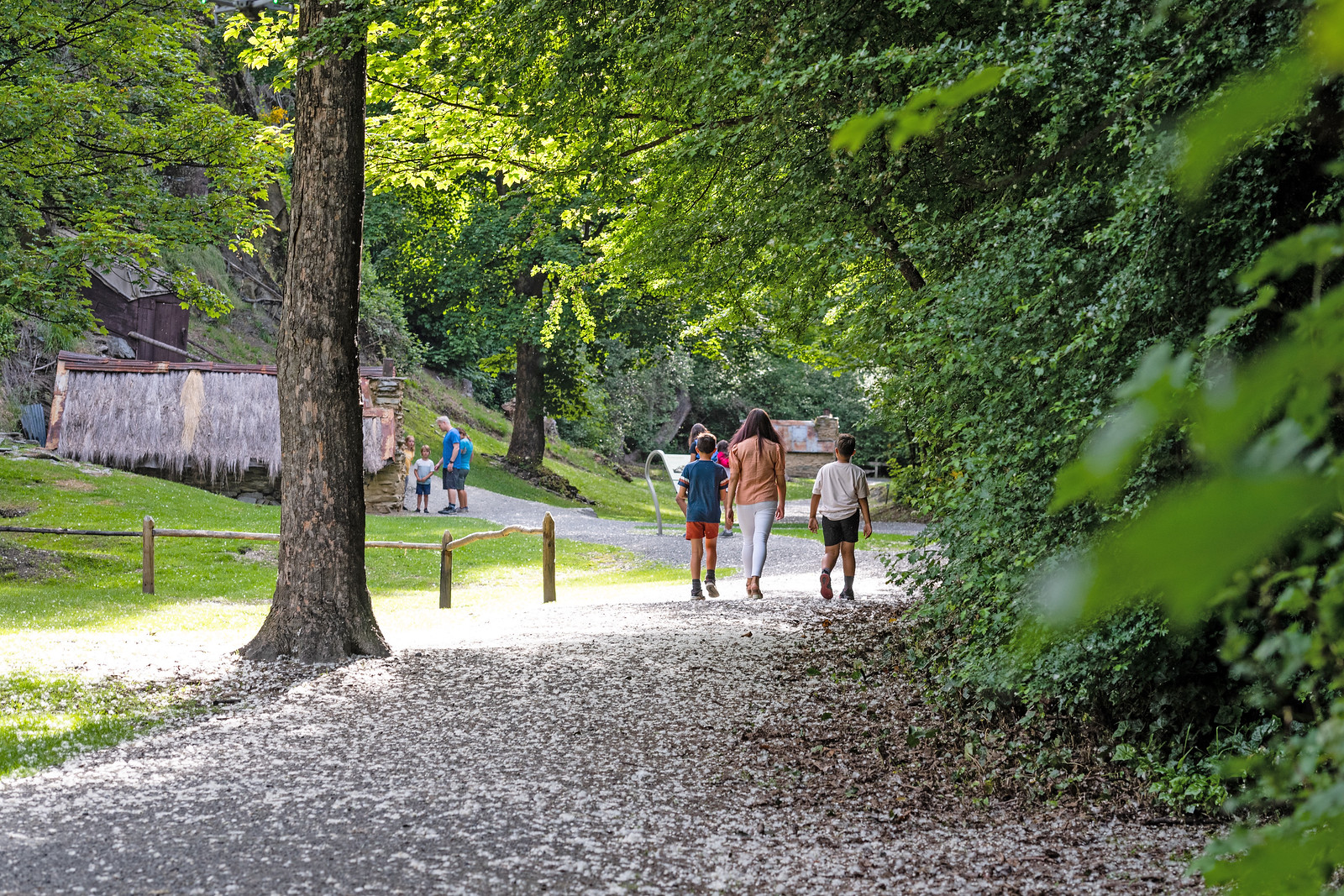
Tohu Whenua
Did you know that Arrowtown and the Chinese Village are both Tohu Whenua recognized sites?
Tohu Whenua are the places that have shaped Aotearoa New Zealand, located in stunning landscapes and rich with stories, they offer some of our best heritage experiences.
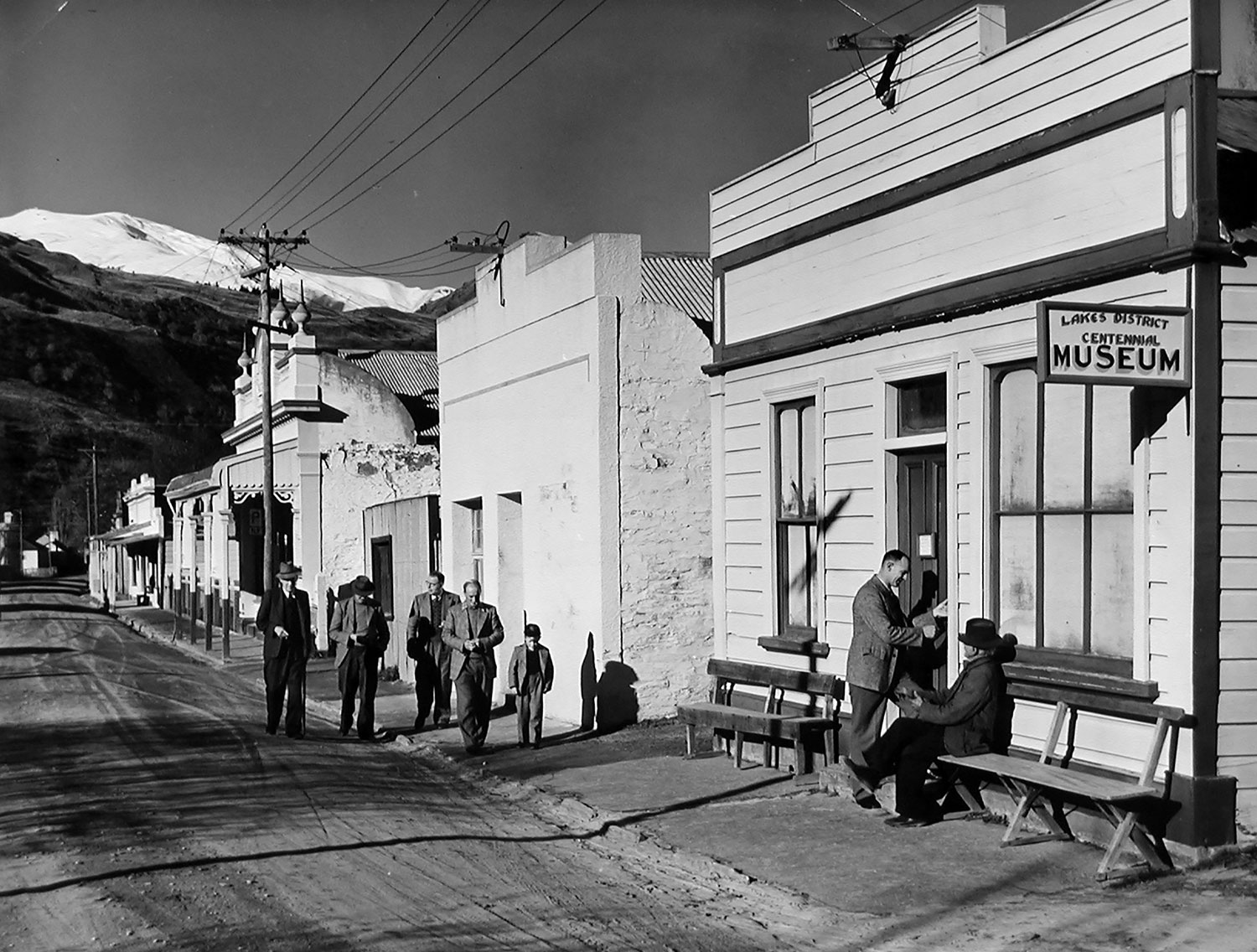
Dig deeper
Continue your historical journey and gain deeper insights by visiting our local museum. Discover fascinating exhibits and stories that bring our rich heritage to life – don’t miss out on this enriching experience!
© Arrowtown 2025 This website is owned and managed by the Arrowtown Promotion and Business Association (APBA)
